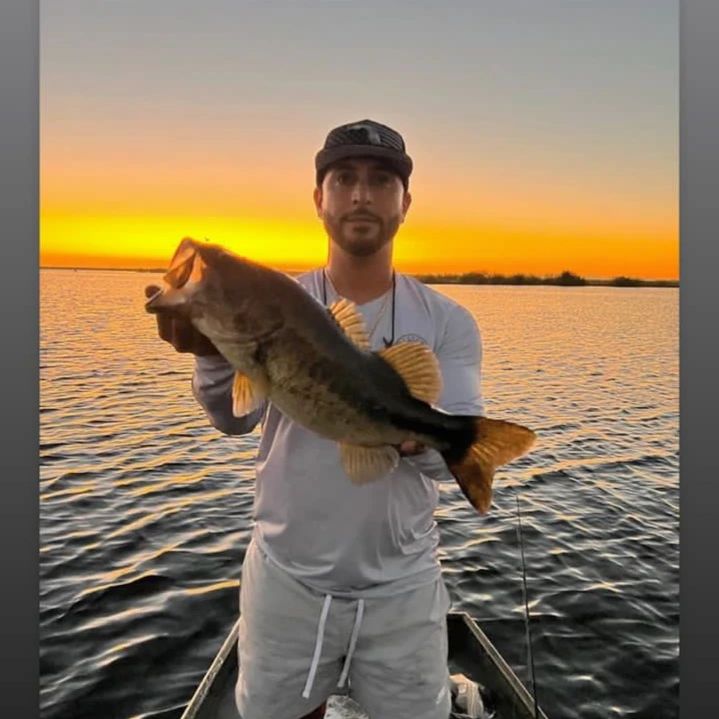Since 1997.

Everything You Need to Know About the Bait Finesse System (BFS)
Introduction
The Bait Finesse System (BFS) is a fishing technique that has recently gained popularity. It's a versatile and effective method for catching various fish species, especially in challenging conditions. The BFS technique uses lightweight tackle and lures to achieve a natural presentation of bait, enticing even the most reluctant fish. This article will cover everything you need to know about the Bait Finesse System, from its history and components to its advantages and disadvantages. We will also provide tips and tricks to help you get the most out of this fishing technique.
History of the Bait Finesse System
The Bait Finesse System was first introduced in Japan in the early 2000s, where it quickly gained a following among anglers. The BFS technique was initially designed to target smaller fish in streams and rivers, but it has since evolved to include larger fish species and more diverse fishing environments.
Components of the Bait Finesse System
The Bait Finesse System consists of several key components, including the rod, reel, line, and lures. The rod used for BFS is typically shorter and lighter than traditional fishing rods, ranging from 5'6" to 7' in length and weighing between 1-4 ounces. The reel is also more lightweight, with a low gear ratio, which allows for more precise and delicate movements. The line used for BFS is usually a fluorocarbon line, which is thinner and more sensitive than traditional monofilament lines. Finally, the lures used for BFS are often smaller and lighter, with a more natural look and feel to mimic real bait.
Advantages of the Bait Finesse System
The Bait Finesse System has several advantages over other fishing techniques, including its versatility, precision, and effectiveness in challenging conditions. The BFS technique can be used in a variety of fishing environments, including streams, rivers, lakes, and even saltwater. It allows for precise and delicate movements, which can entice even the most reluctant fish to bite. Additionally, the BFS technique is effective in challenging conditions, such as when fish are not actively feeding or when water conditions are less than optimal.
Disadvantages of the Bait Finesse System
Although the Bait Finesse System has many advantages, it also has some disadvantages. The BFS technique requires more skill and patience than traditional fishing techniques, as it requires delicate and precise movements to achieve a natural presentation of bait. Additionally, the BFS technique may not be as effective for larger fish species, as the lightweight tackle and lures may need to be more vital to handle their weight and strength.
When to use the Bait Finesse System Techniques
You can always use the BFS system, but this technique really shines in conditions where the water is clear, in heavily fished waters, or when fish are not actively feeding.
BFS Techniques And Presentations
Here are some bait finesse system techniques that you can use to improve your chances of success on the water. Is it that much different than the standard set up's? We don't think so, but when the conditions are challenging, going small and light is usually right!
- Drop Shot Rig - The drop shot rig is a finesse technique that involves suspending the bait off the bottom of the water. It is particularly effective for catching fish that are suspended in deep water or off the bottom. To set up the rig, tie a hook to the end of your line and attach a weight a few inches above the hook.
- Ned Rig - The Ned rig is a popular finesse technique that uses a small, soft plastic bait on a jighead. The bait is fished slowly along the bottom, mimicking the movements of a crawfish or other bottom-dwelling creature. The technique is particularly effective for catching bass but can also be used for other species.
- Wacky Rig - The wacky rig is a finesse technique that involves rigging a soft plastic bait in the middle, with the hook exposed. The bait is fished slowly, with small twitches and pauses to imitate the movement of a dying baitfish. The technique is particularly effective for catching bass and other predatory fish.
- Carolina Rig - The Carolina rig is a finesse technique that uses a heavy weight to drag the bait along the bottom. The method is particularly effective for catching fish feeding on the bottom, such as catfish and walleye.
- Finesse Jig - The finesse jig technique uses a small jighead and a small, soft plastic bait. The method is particularly effective for catching fish feeding on the bottom, such as bass and walleye.
Example BFS Set Up For Crappie, Panfish & Bass
- 6'6" Spinning Rod with a size 1000-2000 spinning reel.
- 1/16 oz crappie jig or soft baits such as curly tail grubs, tube baits and swim baits between 1-2". Use 1/16-1/8 jigs for Bass and soft baits between 2-4"
- 2 to 6-pound test monofilament or fluorocarbon for crappie and panfish and 6-10 lb line for bass. The lighter line will allow your lures to move more naturally in the water and improve your ability to detect subtle bites.
In addition to its effectiveness and versatility, the BFS system is popular because it can be a fun and challenging way to fish. The finesse presentations used in the BFS technique require skill and finesse to execute correctly, making the fishing experience more rewarding for anglers.
Finally, the BFS system has been popularized by a number of professional anglers who have had success using the technique in tournaments. As a result, more and more anglers are learning about and experimenting with the BFS system, leading to its increased popularity in the fishing community.


